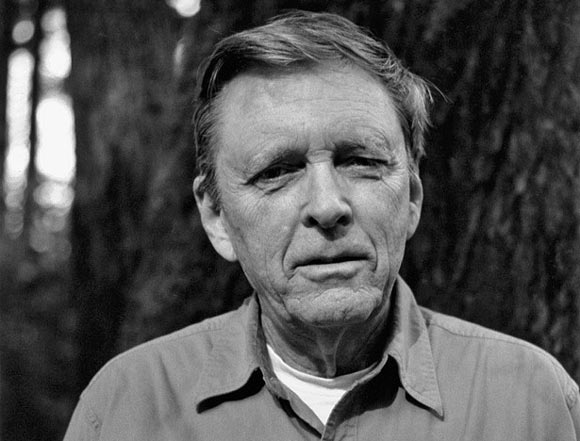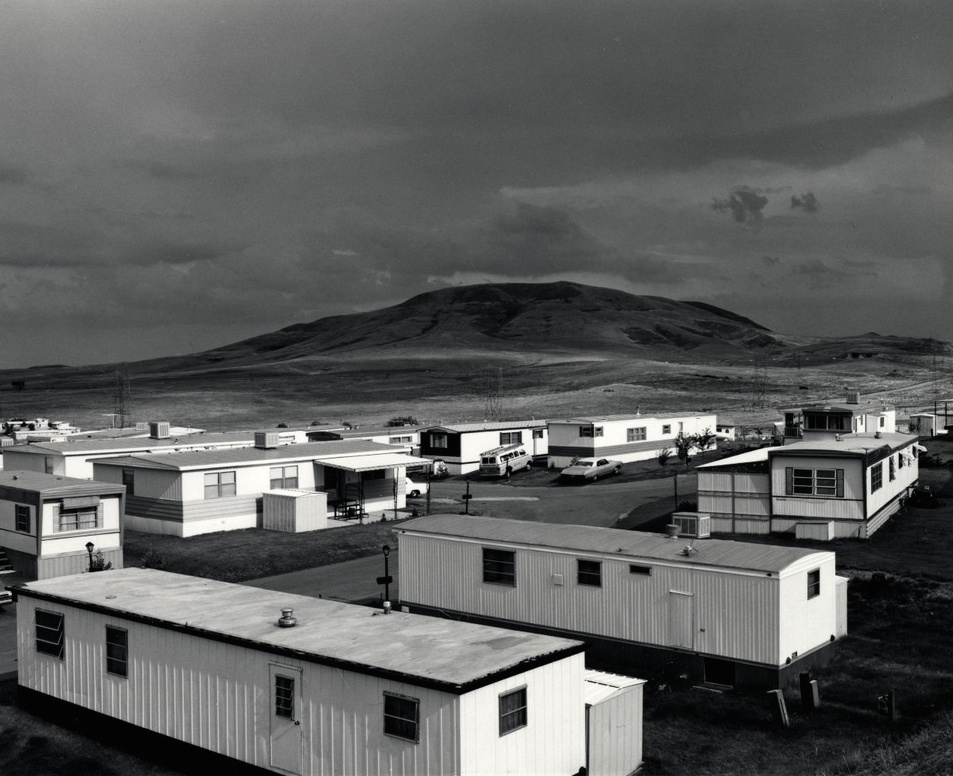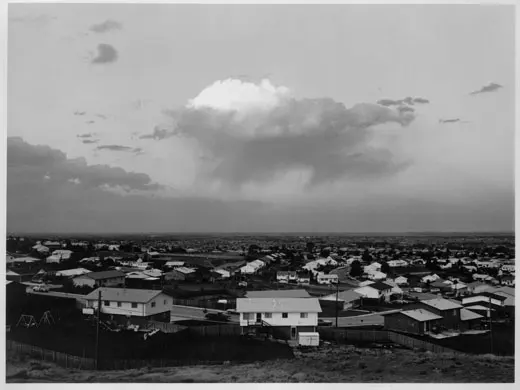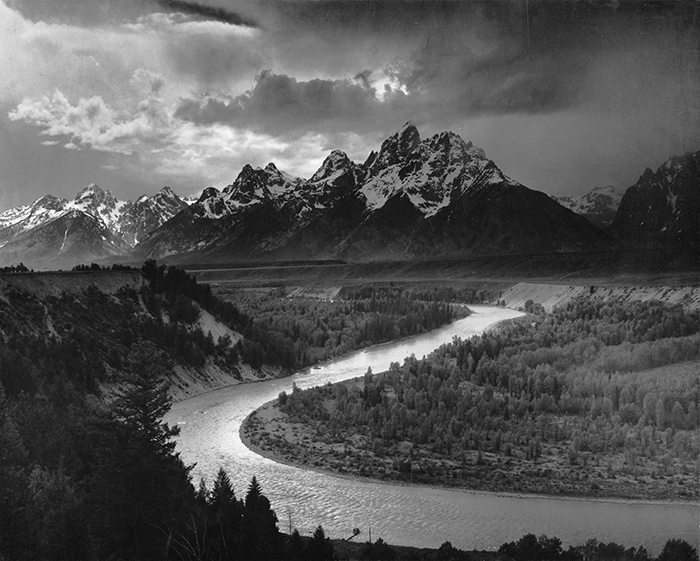
Introduction
New topographics was a term created to describe pictures that have a similar formal aesthetic, usually black and white prints of the urban landscape. Many of the photographers associated with new topographics, including Robert Adams, Lewis Baltz and Bernd and Hiller Becher, were inspired by man-made objects. Other inspiration came from the streets, warehouses, city centres, industrial sites and suburban housing, which were all depicted with a beautiful stark atmosphere. These photographers chose to take photos of landscapes which lack a feeling of life and comfort which provided a new perspective of the American landscape.
What was the New Topographics a reaction to?
These unique, stark images were created due to a reflection of the increasingly suburbanised world around them. This is because the photographers involved in New Topographic photography felt strong emotions towards the changing landscapes, and wanted to share this with the world. New topographics can also be a reaction to the tyranny of idealised landscape photography that elevated the natural and basic landscapes to become urbanised. One last reason could be due to the American war.
America post-war struggled with..
- Inflation and labour unrest.
- The baby boom and suburbia.
- Isolation and splitting of the family unit, pharmaceuticals and mental health problems
- Vast distances, road networks and mobility
Artist research- Robert Adams


Robert Adams is a famous American photographer who focuses his photography around the changing landscapes, which are developing from natural to man-made. Adams uses black and white photography to express his love for landscapes and nature. Through these his images, he explores how urban and industrial growth have changed and he documents changes wrought by humans upon nature.
Adams was born in New Jersey in 1937, and raised in the suburbs of Denver, Colorado. He moved to Southern California in 1956 to attend the University of Redlands. After earning a Ph.D. in English Literature, he returned to Colorado to begin what he anticipated would be a career in teaching. At age twenty-five, as a college English teacher with summers off, he started doing photography in his free time and soon learned to love it. He began by taking pictures in 1964 of nature and architecture, and learned photographic techniques from the professional photographer Myron Wood. Since the 1970s, more than twenty-five books of Adams’s photographs have been published, as well as two collections of his essays, and he became a full-time working photographer.


‘The notable thing, it seems to me, about great pictures is that everything fits. There is nothing extraneous. There is nothing too much, too little, and everything within that frame relates. Nothing is isolated. The reason that becomes so moving is that the artist finally says that the form that he or she has found in that frame is analogous to form in life. The coherence within that frame points to a wider coherence in life as a whole.’ –Robert Adams
